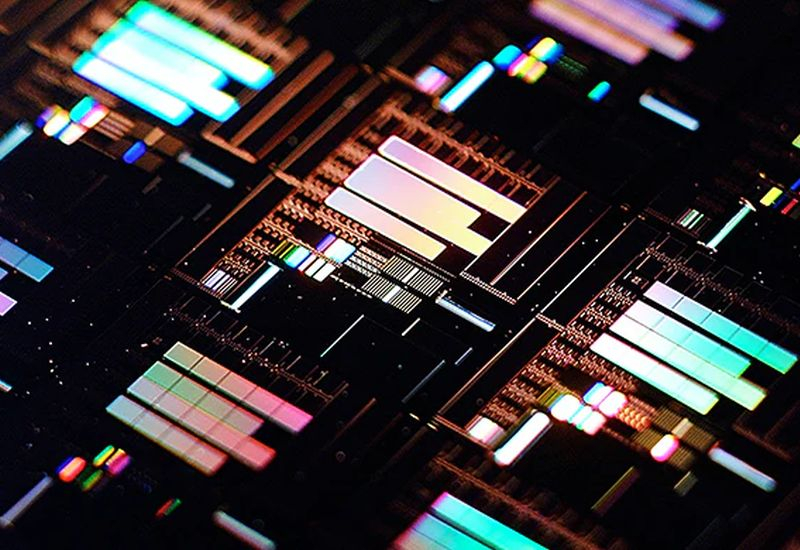China Will Not Have Semiconductor Sovereignty in the Next 10 Years, Canadian Experts Find


Foreign competitors often accuse Chinese chip makers of using generous government subsidies to expand their capacities and master new technologies. TechInsights experts are convinced that Chinese chip makers will not be able to completely replace imported components in the next ten years.


Image source: Tokyo Electron
Analysts with close experience with the products of the same Chinese SMIC and Huawei shared their thoughts on the pages of Nikkei Asian Review. Representatives of TechInsights explain that before the pandemic in 2020, the Chinese industry provided itself with the necessary semiconductor components only by 15%. By 2024, the figure rose to 20%, but the existing forecasts for the growth rate of chip production in China do not allow the country to count on achieving technological independence in this area not only in the next five, but also in all ten years. At least if we talk about integrated circuits, including memory chips.
The Chinese semiconductor industry is expected to grow at an average annual rate of 12.3% between 2023 and 2028. Efforts to expand chip production using mature lithography are already visible. According to IDC forecasts, Chinese manufacturers will account for up to 28% of the world’s chip production using technologies coarser than 28 nm. Representatives of the SEMI association believe that this figure will increase to 39% by 2027.
In certain market segments, Chinese chipmakers’ import substitution efforts are beginning to have a significant impact on the global situation. Silicon carbide wafers, which are used in the production of power electronics, are offered by Chinese suppliers at a third of the price of foreign market leaders such as Wolfspeed.
An example of the success of Chinese chip manufacturers is the flagship company by the standards of the national semiconductor industry, SMIC. It is currently the third world leader in contract chip manufacturing in terms of revenue. Over the past couple of years, SMIC’s capital expenditures have soared to $7 billion per year, although in 2018 they were limited to no more than $1.8 billion. Even those chip suppliers in China who have their own overseas production facilities are not averse to using the company’s services. Ordering similar products from SMIC is sometimes cheaper than importing your own. Moreover, SMIC does not deprive customers of technical support who use mature technological processes, unlike Taiwan’s TSMC, which gives priority to customers in the field of advanced lithographic technologies.
Recent Posts
Nissan Leaf EV to Become NACS-Ported Compact Crossover in Third Generation
Nissan Leaf can rightfully be considered a long-liver of the electric car market, since the…
OpenAI expects to more than triple its revenue this year and then double it next year.
OpenAI, the market leader in generative artificial intelligence systems, remains nominally a startup, its financial…
OpenAI Decides to Hold 4o Image Generation Launch for Free Users
OpenAI has been forced to delay the release of ChatGPT's built-in image generator for free…
1440p and 240Hz for just $200: Xiaomi updates the 27-inch Redmi G27Q gaming monitor
Xiaomi continues to update its Redmi G27Q gaming monitor every year. The model was first…
Beware, Android is shutting down: OS development will cease to be public, but there is no reason to panic
Android device makers can significantly customize the look and feel of the operating system, but…
Fake GeForce RTX 4090s with RTX 3090 chips have started popping up in China — craftsmen are even changing the GPU markings
In China, scammers have started selling GeForce RTX 3090 graphics cards, passing them off as…